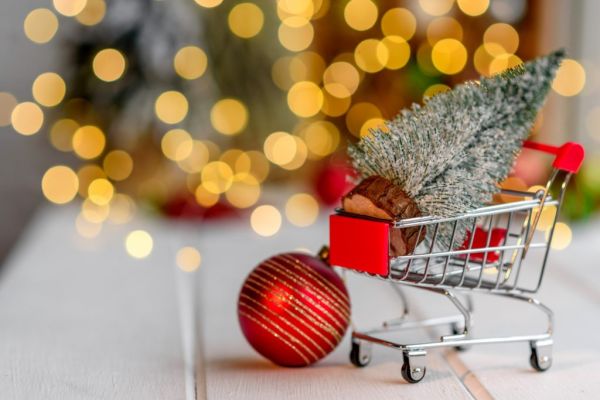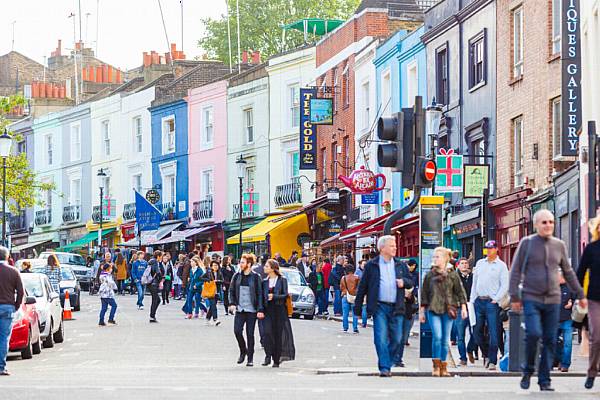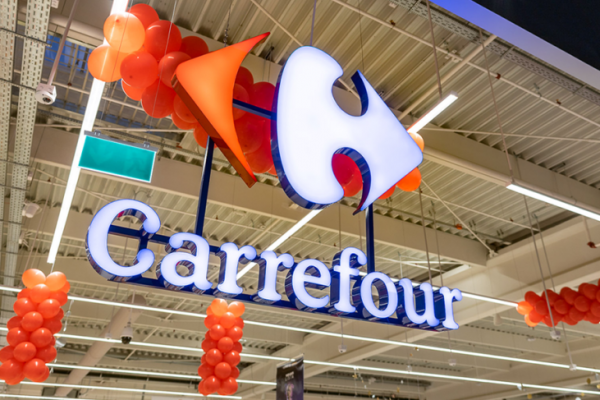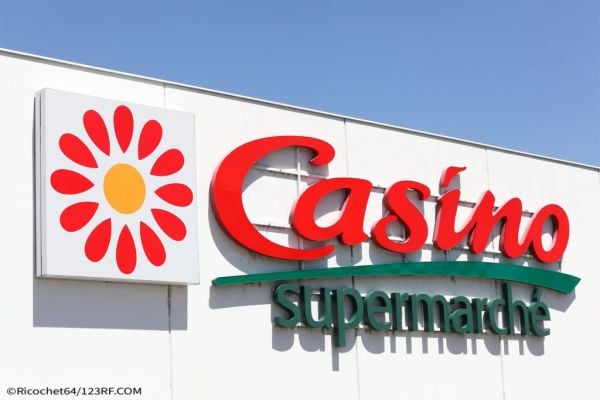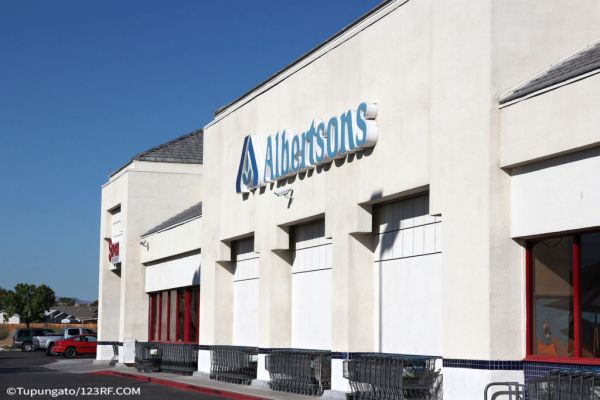While the lifting of COVID-19 restrictions means that this year's festive season has an element of normality about it, the cost-of-living crisis means that many consumers are likely to tone down their spending as Christmas approaches.
That said, close to two thirds of European consumers say they are 'looking forward to Christmas', according to the recent NielsenIQ Christmas Study, which is based on 7,600 interviews in eight countries.
While most European grocers will have completed their festive planning by this stage, Christmas 2023 could still spring a surprise or two. Here are ten things for grocery retailers to consider in the weeks ahead.
1. Unprecedented Inflation
According to Eurostat data, inflation in the European Union stood at 11.5% for the month of October, with little indication of it receding this side of 2023. On a country-by-country basis, however, there are some notable outliers: inflation in Hungary stands at 21.9%, in Estonia it's 22.5% and in Lithuania it stands at 22.1%. Even in Western Europe, the situation isn't any easier – Belgium's inflation rate stands at 13.1%, while Italy is on 12.6%. These factors are likely to lead to greater demand for value, however shoppers are unlikely to sacrifice on quality at the same time – retailers need to find a delicate balance.
2. Shopping For Essentials
According to NielsenIQ's Shopper Trends Pulse report, many European consumers are adopting 'coping' strategies to deal with the current inflationary environment – 56% said that they are only buying 'essential' products, while just under a third (31%) are buying less overall. Planning ahead is also a growing trend, with 81% saying that they plan their shopping lists ahead of visiting their local stores. Retailers should make it easier for shoppers to find what they need – range optimisation may be necessary.
3. Markdowns Gain Traction
As well as shopping for essential items, there has also been a sharp rise in the number of shoppers looking for 'markdown' items close to their use-by date, or end-of-day products. A recent survey by Tesco found that 69% of shoppers now actively seek out markdown items in store, with 33% seeking these reductions more frequently. The UK retailer has given its 'Reduced to Clear' in-store areas a makeover, to capitalise on this in-demand segment, and also reduce food waste.
4. The World Cup Factor
The football World Cup is now in full-swing, with a couple of teams starting to assert their authority – stand up Spain, Brazil, France and England – so retailers in participating countries could have an interesting balancing act on their hands in the weeks ahead. According to Shore Capital's Clive Black, "We would expect a step-up in off-trade beverage sales around big matches as well as party and gathering food; so, snacks, pizza, chicken thighs/wings, big pot dishes like chill con carne, party bread and so forth. And then there is booze..."
5. Understand Your Customer
Understanding your customer is important at all times of the year, but in this cost-of-living affected festive period, it is worth mentioning again. NielsenIQ's Christmas Study found that 66% of European shoppers can be considered 'Christmas enthusiasts', for whom celebrating with family and friends is a key part of the holiday season, while 28% consider themselves 'Christmas cautious'. Feeling the pain from higher food and energy prices, they are looking to reduce spending or make advance purchases where necessary in expectation of even higher prices.
6. Use All Channels To Inspire
Most European grocers have already rolled out – or are in the process of rolling out – their Christmas ad campaigns, which historically have centred on TV advertising. But retailers need to ensure that this message is carried right across all media channels, particularly online and social media. According to NielsenIQ, nine in ten have consumers plan to visit e-commerce stores in the run up to Christmas, underlining the importance of online in inspiring festive shopping.
7. Private-Label To The Fore
A recent study by IRI found that some 60% of shoppers believe that private label products are as good as national brands when it comes to quality, innovation, sustainability, trust and delivering on claims, and with many families feeling the pinch, the coming festive period could see store brands gain even more ground on their branded counterparts. There are already signs of this in some markets – in the UK, sales of own-label goods jumped 10.3% over the four weeks to 30 October, while sales of branded goods rose 0.4%, according to Kantar.
8. Taking The Out-Of-Home Experience Home
While consumers are looking to save money where possible this Christmas, less socialising in restaurants and bars means that many will be looking to celebrate more at home – which is likely to lead to a surge in sales for party food and festive fizz. Retailers should look to capitalise on this with creative, experiential offerings – Marks & Spencer, for example, recently unveiled Marks & Sparkle Fizz, a sparkling wine with edible 22-carat gold leaf. Festive!
9. Show Emotion
Christmas is traditionally a time for families to come together, sharing special moments and creating memories. According to NielsenIQ, retailers can create excitement around Christmas by 'curating an in-store Christmas atmosphere', inspiring customers with ideas for the Christmas menu, or 'even facilitating acts of kindness – important for 20% of European consumers'. Also, remember that charity begins at home – employees are also consumers, and many may be facing financial difficulties.
10. Think Sustainably
Yes, Christmas is a time for giving – but it's also a time in which excess waste is more visible than ever. With sustainability at the top of the agenda for many consumers – particularly Gen Z shoppers – retailers should consider reducing unnecessary packaging, or using eco-friendly materials where possible. Progress has been made in this area around Easter, where plastic wrapping on Easter eggs has been reduced, if not eliminated. Isn't it time we saw the same approach rolled out for the biggest gifting event of the year?
© 2022 European Supermarket Magazine – your source for the latest Retail news. Article by Stephen Wynne-Jones. Click subscribe to sign up to ESM: European Supermarket Magazine.
